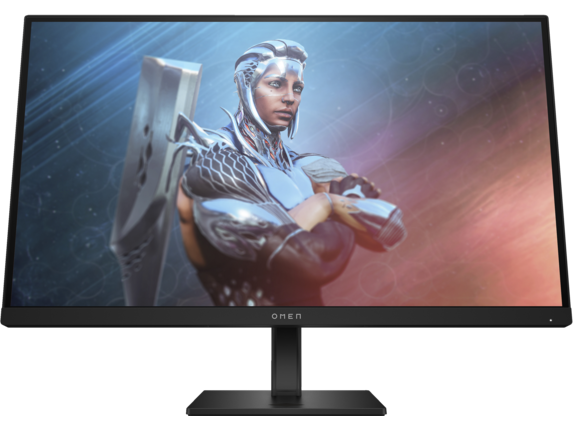AZG News Hub
Your go-to source for the latest news and informative articles.
Game On: Why Your Monitor Matters More Than Your GPU
Discover why your monitor could be the game-changer you’re missing! Unlock your gaming potential beyond just upgrading your GPU.
The Crucial Role of Refresh Rate: Why Your Monitor Can Make or Break Your Gaming Experience
When it comes to enhancing your gaming experience, the refresh rate of your monitor plays a crucial role. Measured in Hertz (Hz), the refresh rate determines how many times per second your screen refreshes the image displayed. For gaming, a higher refresh rate means smoother visuals and a more fluid response, critical for fast-paced gameplay. For instance, while a standard monitor may operate at 60Hz, many dedicated gaming monitors offer refresh rates of 120Hz, 144Hz, or even 240Hz. This dramatic increase allows gamers to react more swiftly to in-game events, ultimately providing a competitive edge.
Moreover, the benefits of a high refresh rate extend beyond just smoother gameplay. A monitor with a higher refresh rate also reduces motion blur, making it easier to track fast-moving objects and improving the overall clarity of dynamic scenes. This clarity is particularly significant in first-person shooters and racing games, where every millisecond matters. In essence, investing in a monitor with the right refresh rate not only enhances your enjoyment but can also profoundly influence your performance in competitive gaming environments.

Resolution vs. Performance: How Your Monitor Affects Gameplay Quality
When it comes to gaming, the debate between resolution and performance is a critical one that can greatly impact your overall gameplay experience. Resolution refers to the number of pixels displayed on the screen, typically denoted in width x height (e.g., 1920x1080). Higher resolutions provide sharper images and more detail, allowing players to immerse themselves in stunning visual environments. However, increasing the resolution demands more from your hardware, which can lead to a drop in performance if your GPU and CPU are not sufficiently powerful.
On the other hand, performance is defined by the smoothness of gameplay, often measured in frames per second (FPS). A lower resolution can result in higher FPS, providing a more fluid and responsive gaming experience. This is especially important in competitive gaming, where reaction time and precision are essential. Ultimately, the choice between resolution and performance often comes down to personal preference and the specific type of games you play. Balancing these two factors is key to achieving the best possible gaming experience, and understanding how your monitor plays a role in this decision can help you make the right choice.
Is Your Graphics Card Holding You Back? The Impact of Monitor Specifications on Gaming
The performance of your gaming experience hinges not only on the specifications of your graphics card but also significantly on your monitor's specifications. A high-end graphics card paired with a subpar monitor can lead to a bottleneck, preventing you from experiencing the full capabilities of your hardware. Key factors such as resolution, refresh rate, and response time play crucial roles. For instance, if your monitor only supports 60Hz, a powerful graphics card capable of rendering 144 FPS will be underutilized. In essence, the synergy between your graphics card and monitor is vital for optimal performance.
Additionally, understanding monitor specifications like input lag and color accuracy can greatly affect gameplay and immersion. A monitor with low input lag will give you a more responsive gaming experience, essential for competitive play. In contrast, a monitor with high latency can make your system feel sluggish, undermining the potential of even the most robust graphics card. Thus, before upgrading your graphics card, consider whether your current monitor is capable of delivering the fluid and immersive gaming experience you desire.